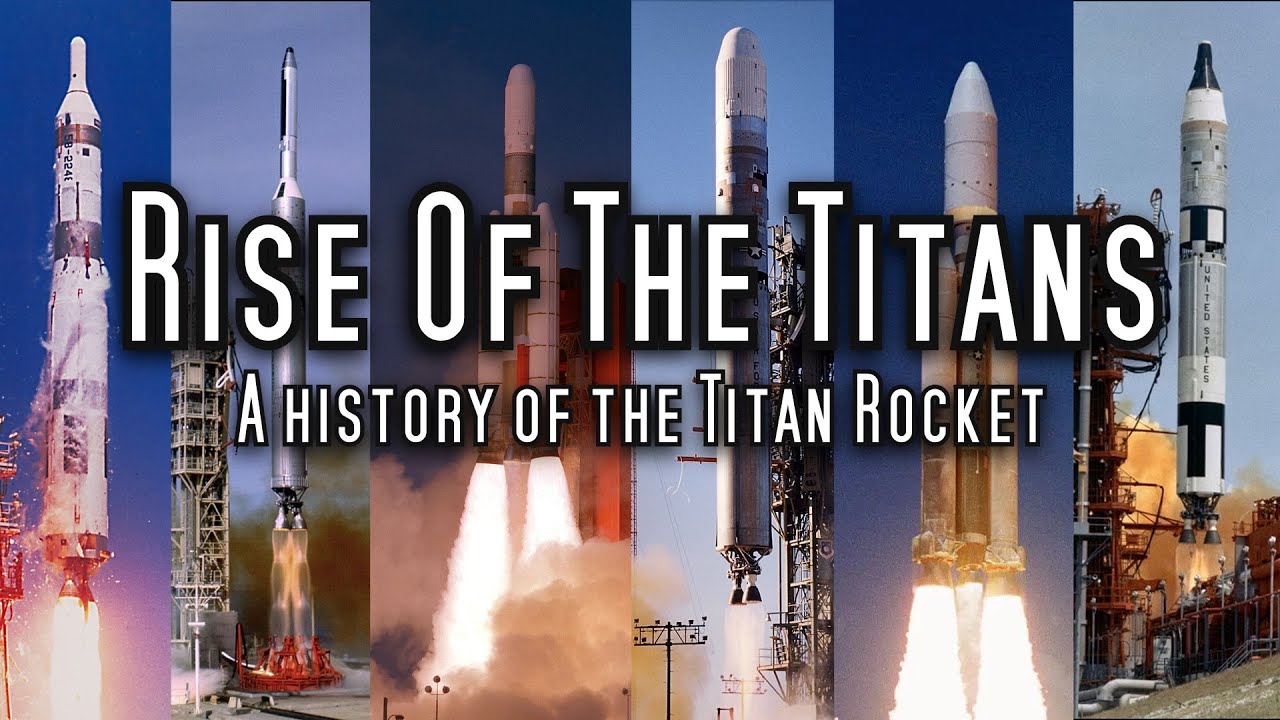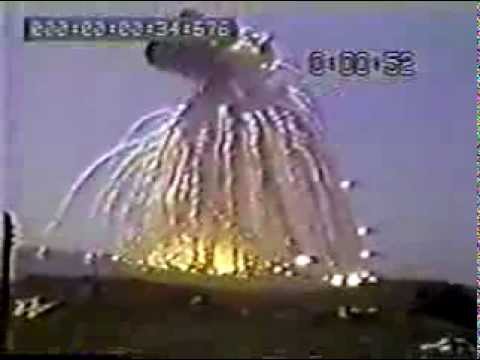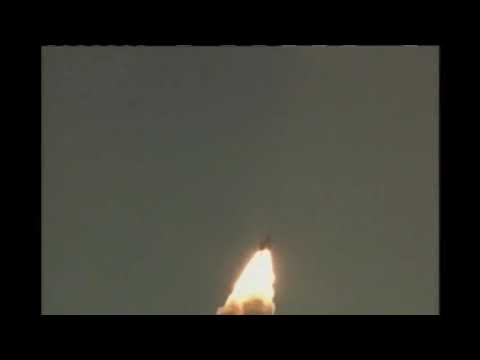Originally developed as a back-up to the Atlas intercontinental ballistic missile (ICBM) (the Titan used conventional construction instead of the Atlas’s pressure-stabilised “balloon tank” structure and two stacked stages instead of the Atlas “stage and a half” configuration), over its 40 year service history the Titan evolved into the Titan II storable fuel, silo-based ICBM, which remained on alert from 1963 through 1987, the Project Gemini manned spacecraft launch vehicle, and with the addition of solid fuel boosters, the Titan III-C and successors, which served as space launch vehicles through 2005, launching the largest and heaviest reconnaissance satellite payloads and a number of iconic space missions including the Voyager missions to Jupiter, Saturn, and beyond, the two Viking Mars orbiters and landers, and the Cassini/Huygens mission to Saturn.
Here is more about the Titan rocket family, with links to its individual members.
Even when the Titan had a Really Bad Day, it was spectacular.
Vandenberg Air Force Base, 1986-04-18, Titan 34D-9/KH-9
Cape Canaveral, 1998-08-12, Titan IV-A/ELINT Mercury


